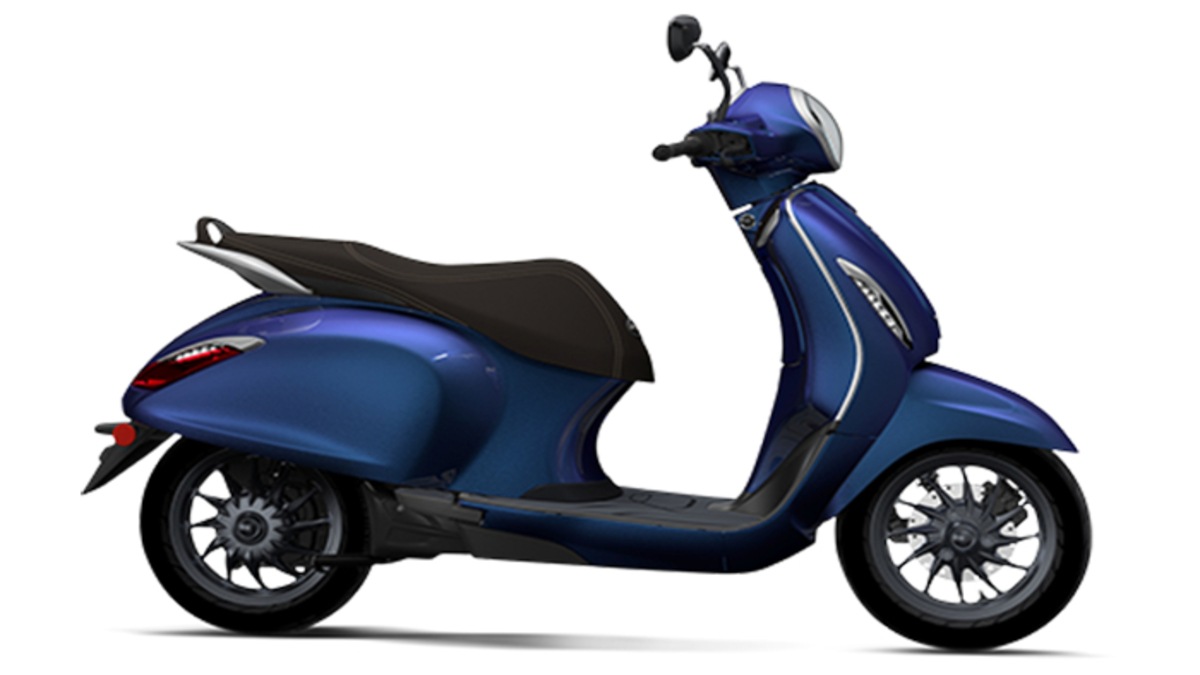Rahul Bajaj, the company’s chairman from 1965 to 2005, introduced the Chetak scooter under his leadership, which was based on Vespa’s Sprint 33 years ago.
As part of Bajaj’s scooter line-up, the Chetak is back, but this time it’s electric. Electric Chetak’s era has completely changed from when it was the Bajaj Chetak and people had to wait days for it to be available. Rahul Bajaj, the company’s chairman from 1965 to 2005, introduced the Chetak scooter under his leadership.
The Chetak was inspired by Vespa’s Sprint 33 years ago, with which Bajaj Auto had a technical collaboration. After 33 years of production run, Chetak was phased out. Following this, Bajaj Auto began making motorcycles as a business. Bajaj Chetak changed the landscape of India’s two-wheeler industry. Here’s all you need to know about the Chetak.
Bajaj Chetak’s name
Bajaj Chetak was named after a horse that Maharana Pratap rode during the Battle of Haldighati in the 16th century. According to Bajaj, this contributed to the model’s success, as the catchphrase ‘Our Bajaj’ always seems to be on the tongues of people. The Chetak was so popular that its showroom price nearly doubled in the market! During the License Raj period (1951-1991) in the country, manufacturers were not allowed to increase production of Chetak at their own discretion, increasing the waiting period from 5 to 10 years.
During that time period, Bajaj Auto had around 600 dealers in India, and it was the biggest two-wheeler manufacturer in the country. The only other thing he remembers having an 8- or 10-year delivery period was the Padmini car. Bajaj Auto was described as the world’s largest scooter manufacturer in an advertisement at the time. There was also a bold mention of ‘no waiting’ for the Chetak.
Bajaj Chetak’s popularity
Bajaj Auto was able to enhance its image and a large number of customers could buy Chetak, affirms former Nissan India managing director and Bajaj Auto executive, Arun Malhotra. “We delivered 500 Chetaks in a day to the customers,” he claims. Despite its popularity across the country, the Chetak was most popular in Delhi, Punjab and Andhra Pradesh.
Chetak contributed nearly half of Bajaj Auto’s scooter sales, which reached around 70,000 units on a monthly basis. Super and Priya were its other scooter brands. They were both associated with Maharashtra Scooters Company, which was then owned by Bajaj Auto.
Bajaj Chetak’s decline
In India, the scooter market enjoyed a golden era from 1995 to 1998. In 1998, scooters accounted for 75 percent of the two-wheeler industry’s annual sales. This period saw Bajaj Auto have a market share of around 60 percent. The scooter market slowly began to decline at that time. With the liberalization of 1991, modern designs and technologies began to emerge, especially in some Japanese motorcycles.
The price increase of petrol and increasing acceptance of motorcycles in rural areas also contributed to the rise in demand for the bikes. Bajaj Auto’s business strategy then changed, giving birth to its first independently developed motorcycle, the Pulsar
Bajaj Chetak electric scooter
As e-mobility becomes increasingly popular throughout the world and scooters drive India’s new age EV market, Bajaj Auto returns to the scooter market. This time it wants to distinguish itself as Chetak and not Bajaj Chetak (no Bajaj branding on the electric scooter). Upon learning of Chetak’s reincarnation, an industry veteran, “I am very happy. I congratulate Rajiv Bajaj and his team on creating one of the best electric scooters.”





































